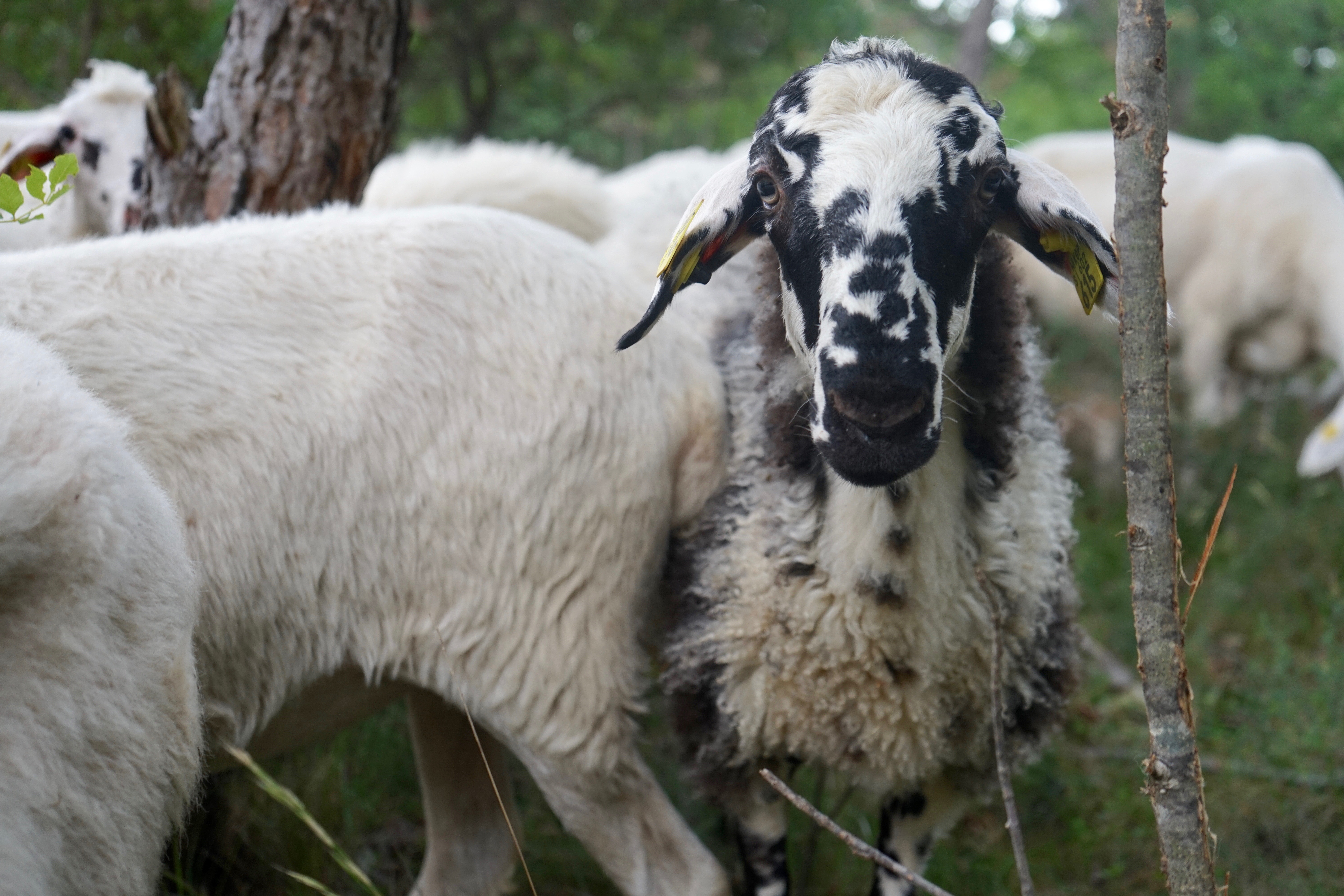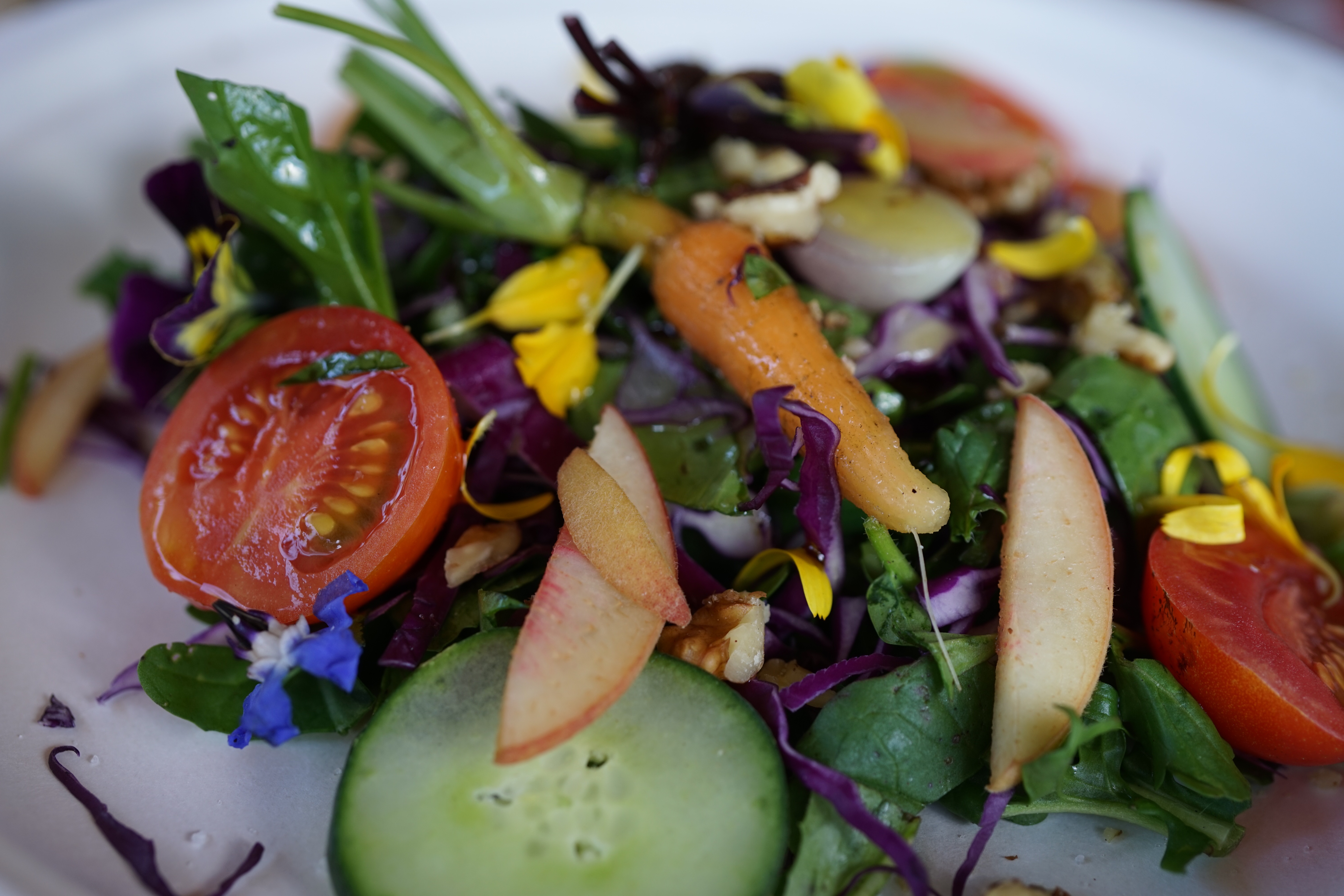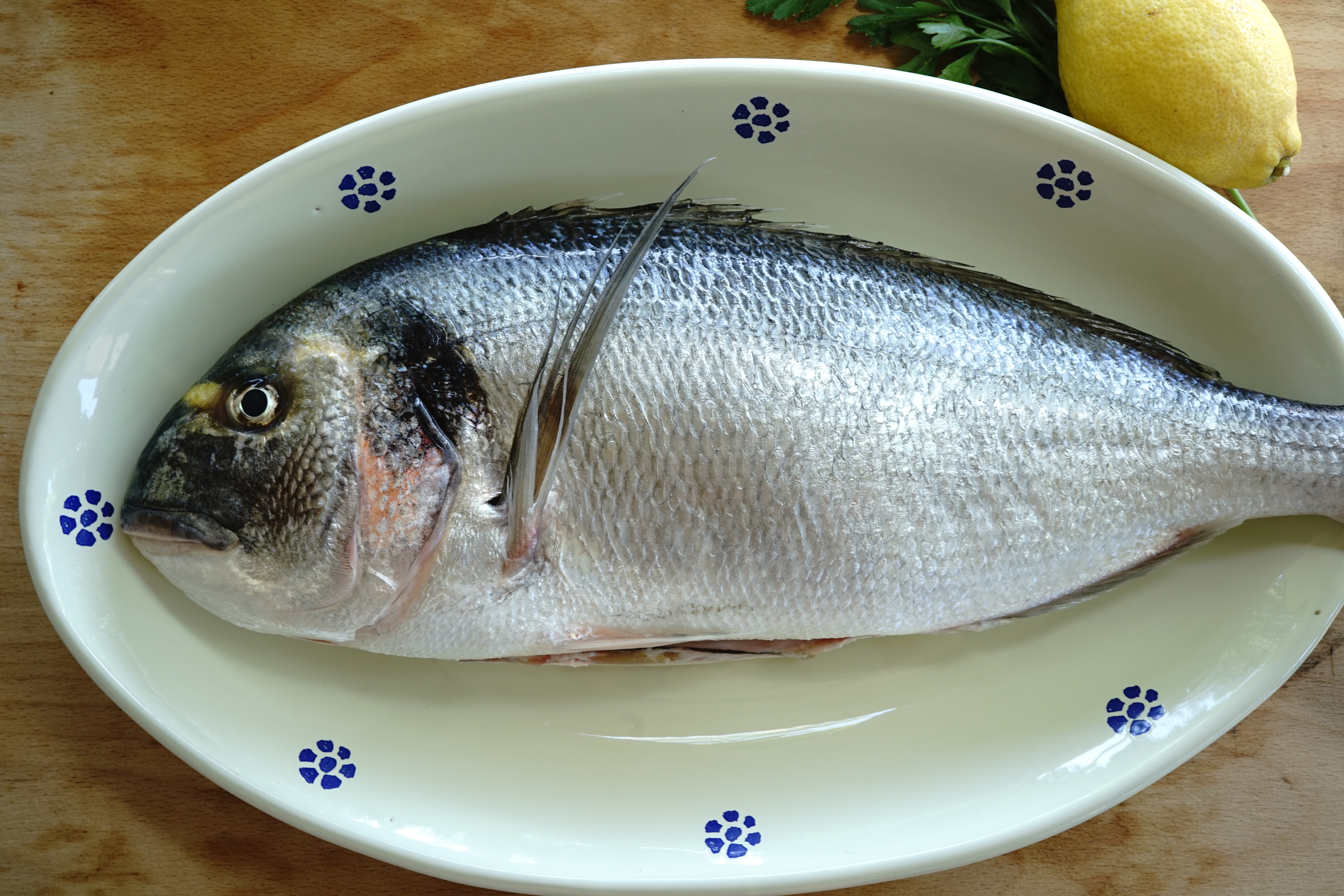When we shop for groceries there’s several factors influencing our choices: time, price, personal preferences, marketing, proximity… These considerations come so natural that we often forget how our everyday consumption choices impact our environment, the local economy, social and animal welfare, biodiversity, to list but a few. Our choices are a powerful tool to express our appreciation towards an idea, a work ethics or sustainable practices. This is the age when consumers can become more conscious and aware, working towards more responsible habits and demanding truly clear and transparent information in regards to how our food is produced and its consequences on our health.

1. Eat less meat and understand how it is produced
We don’t necessarily need to be all vegetarians, but it’s time to raise awareness on the huge consequences of eating meat: the many hidden costs carried by your burger, your morning bacon, or your chicken salad for lunch. Eating meat at every meal is simply terrible for your body and for the planet. Try switching to just a couple times a week. And choose sustainable meats, produced locally, possibly from local breeds. Try new cuts! To eat your ribs an entire animal needs to be slaughtered, just imagine that. Why not experiment with new recipes?

Did you know that to produce two pounds of beef about 70 pounds of C02 are introduced in the atmosphere, about 4100 gallons of water are used up and 14 pounds of crops are needed?
2. Eat more seasonal, local fruits and vegetables
Farmer’s markets are a blessing! They are fun, and it’s the place where you can find all the goodness the season has to offer. Local, seasonal fruit and veggies mean less energy has been used up to get them to you (transport, heating in greenhouses…). Most importantly it also means you get to enjoy the peak of flavors in the right season: a strawberry in December flown over from a greenhouse in Mexico will never compete with a fresh juicy strawberry picked the same morning in April in Georgia, with its inebriating perfume and incomparable full flavor!

3. Seafood has its seasonality and biodiversity as well
By now we are all aware that the ocean’s resources are not only unlimited, quite the opposite: they are in an alarming state of decline. Our oceans are facing a devastating crisis: pollution, overfishing, pirate fishing and unsustainable fish farming are among the reasons.
Try and eat fish that was fished as sustainably and as locally as possible. Try out lesser known fish species instead of going for the usual ones. You’ll be surprised with the taste! We’re globally stuck on just a few species and this has brought us to risking the extinction of species like red tuna and wild salmon. If you buy farmed fish make sure the farming practices are sustainable!

4. Know how to read your labels
Unfortunately labels nowadays are deceiving and strongly influenced by marketing. Try and learn how to decipher the information. Ignore claims entirely. The first thing you want to do is check the list of ingredients. They should be things you know and are familiar with, not endless lists of codes and unpronounceable elements: remember, you’re allowing those in your body! Stay away from ‘natural aromas’, ‘flavorings’, added vitamins. When you buy whole, properly farmed foods there is no need to add anything since flavors and nutrients will already be there just as nature intended them to be!
Unfortunately labels don’t say much else. Hopefully though, consumers will be granted more transparent information in the future, particularly in regards to production processes or exact origin (often raw materials are grown in one country, then processed in others and the label states the latter). OGM free, antibiotic free, organic, biodynamic are all good indicators.
5. Packaging
All packaging has an impact and plastic is the worst as it is a non-degradable material (we are seeing its effects on ocean pollution…) made from fossil fuels. But all come at a cost as they need to be eventually disposed of or recycled. The best option is to buy packaging-free ingredients in bulk, like loose fruit and veg at the market. When packaging is inevitable prefer paper/cardboard, glass, aluminum or organic fibers. Try and stay away from packaging made from two materials, they are harder to recycle. Why not carry your own bags with you to the market? And please, recycle your waste!!
All this might sound intimidating and boring, but if you slowly get into it it’s much more fun to shop this way. You become an active conscious shopper instead of being a passive consumer pulled around by the reins of marketing strategies. Be independent, think about your health and our planet’s well-being. Remember that raising awareness on eating well and responsibly today means future generations will have this opportunity as well.